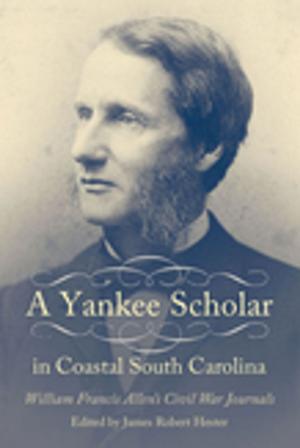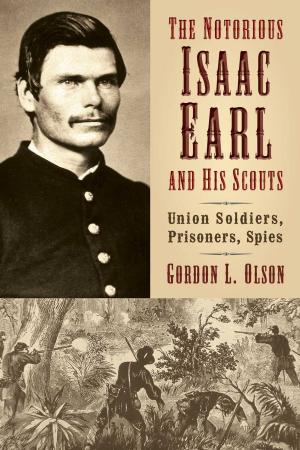Westfall Slave to King Cotton
Nonfiction, History, Americas, United States, Civil War Period (1850-1877)| Author: | Bonnie Stanard | ISBN: | 9780986001970 |
| Publisher: | Fairview Publishing | Publication: | November 15, 2014 |
| Imprint: | Language: | English |
| Author: | Bonnie Stanard |
| ISBN: | 9780986001970 |
| Publisher: | Fairview Publishing |
| Publication: | November 15, 2014 |
| Imprint: | |
| Language: | English |
Westfall Plantation, a gray-eyed home of destiny, was dual to the core. It was yoked with the extremes of luxury and poverty. Typical of other plantations on St. Helena Island, its big house was a showcase of symmetry and elegance. By contrast, the slave cabins were clapboard hovels with stick and mud chimneys. Beset with moral contradictions, both owner and chattel were slaves to the crop that produced fortune and depravity—Sea Island Cotton. The extravagance of the island plantation houses was not to scale with that of Charleston, or even Beaufort, where old wealth— traders and ship builders—had erected opulent Georgian mansions. When the owners spoke of the houses they built, it didn’t occur to them that they had in no way hammered a peg or sawed a board, labor that had been done by bondsmen, likely negros. Westfall’s big house had been constructed to flaunt qualities of superiority and family tradition. Above all, it was expected to assure visitors of the affluence and eminence, if not charm, of its owners. With fashionable wallpaper and Belgian carpets, its parlors, though conventional to a fault, were places where social graces abounded for persons of acceptable ancestry. Though the islanders were hardly as fastidious as Charlestonians in this regard, a person of good lineage was respected regardless of his behavior. A practical necessity of refinement included grandiose size denoted by high ceilings, a foyer big as a ballroom, and more chimneys than doors. There were island plantations with grander big houses than that of Westfall, a source of pique for its owner. On some plantations, the slave cabins were located for best visibility to visitors. The more slaves a man owned the more likely the cabins were in view, for the single most important factor in defining a man’s wealth was the number of slaves he owned. However, at Westfall the cabins were placed at a distance from the avenue of oaks, for the negros were rowdy and exuberant, traits offensive to gentlefolk. Tropical storms were common on the island. While the eaves of the big house whistled and the windows rattled, the cabins quivered and wind drove through the cracks. Their shutters leaked and families squeezed together in their cots. Living side by side with the affluent whites were the slaves, kept in squalid habitations with crude fittings. Such hovels were built to dispossess the inhabitants of their humanity. Regardless of how long and hard a slave worked, Carolina law denied him the right to own anything, least of all a house. Slave quarters contained no homes, just places to stay, no more personal than a camp fire. Despite the filth and pestilence, the buildings kept out bears, wild cats, and boars, though the weather was another story. They were cold in the winter and hot in the summer. Rain dripped through the roof shingles. Smoke curled inside from the fireplace. Mosquitoes swarmed about the beds of a summer night. As devastating as the physical hardship was the emotional one visited on the slaves by their owners. Without warning, many were sold or hired out without regard for family ties. The cabins became home to a lost ancestry. Notwithstanding the transiency imposed on the quarters, a heritage survived. The slaves spoke an English-based Creole language known as Gullah, which contained African words. The older generation taught the young and kept alive their Gullah customs with stories, religion, music, cooking and farming traditions that were derived from West and Central Africa. The stately big house and abject cabins served the purpose of the owner. It reserved to him a sense of racial superiority and guaranteed classes of inescapable order. Except for the creatures wandering the yard—the rodents, dogs, squirrels, ducks, geese, and guineas—Westfall’s population was encumbered with the past.
Westfall Plantation, a gray-eyed home of destiny, was dual to the core. It was yoked with the extremes of luxury and poverty. Typical of other plantations on St. Helena Island, its big house was a showcase of symmetry and elegance. By contrast, the slave cabins were clapboard hovels with stick and mud chimneys. Beset with moral contradictions, both owner and chattel were slaves to the crop that produced fortune and depravity—Sea Island Cotton. The extravagance of the island plantation houses was not to scale with that of Charleston, or even Beaufort, where old wealth— traders and ship builders—had erected opulent Georgian mansions. When the owners spoke of the houses they built, it didn’t occur to them that they had in no way hammered a peg or sawed a board, labor that had been done by bondsmen, likely negros. Westfall’s big house had been constructed to flaunt qualities of superiority and family tradition. Above all, it was expected to assure visitors of the affluence and eminence, if not charm, of its owners. With fashionable wallpaper and Belgian carpets, its parlors, though conventional to a fault, were places where social graces abounded for persons of acceptable ancestry. Though the islanders were hardly as fastidious as Charlestonians in this regard, a person of good lineage was respected regardless of his behavior. A practical necessity of refinement included grandiose size denoted by high ceilings, a foyer big as a ballroom, and more chimneys than doors. There were island plantations with grander big houses than that of Westfall, a source of pique for its owner. On some plantations, the slave cabins were located for best visibility to visitors. The more slaves a man owned the more likely the cabins were in view, for the single most important factor in defining a man’s wealth was the number of slaves he owned. However, at Westfall the cabins were placed at a distance from the avenue of oaks, for the negros were rowdy and exuberant, traits offensive to gentlefolk. Tropical storms were common on the island. While the eaves of the big house whistled and the windows rattled, the cabins quivered and wind drove through the cracks. Their shutters leaked and families squeezed together in their cots. Living side by side with the affluent whites were the slaves, kept in squalid habitations with crude fittings. Such hovels were built to dispossess the inhabitants of their humanity. Regardless of how long and hard a slave worked, Carolina law denied him the right to own anything, least of all a house. Slave quarters contained no homes, just places to stay, no more personal than a camp fire. Despite the filth and pestilence, the buildings kept out bears, wild cats, and boars, though the weather was another story. They were cold in the winter and hot in the summer. Rain dripped through the roof shingles. Smoke curled inside from the fireplace. Mosquitoes swarmed about the beds of a summer night. As devastating as the physical hardship was the emotional one visited on the slaves by their owners. Without warning, many were sold or hired out without regard for family ties. The cabins became home to a lost ancestry. Notwithstanding the transiency imposed on the quarters, a heritage survived. The slaves spoke an English-based Creole language known as Gullah, which contained African words. The older generation taught the young and kept alive their Gullah customs with stories, religion, music, cooking and farming traditions that were derived from West and Central Africa. The stately big house and abject cabins served the purpose of the owner. It reserved to him a sense of racial superiority and guaranteed classes of inescapable order. Except for the creatures wandering the yard—the rodents, dogs, squirrels, ducks, geese, and guineas—Westfall’s population was encumbered with the past.





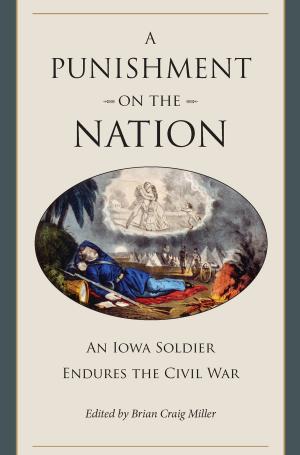
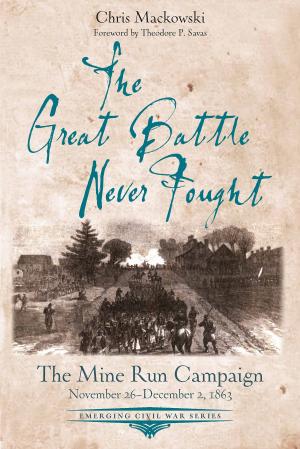
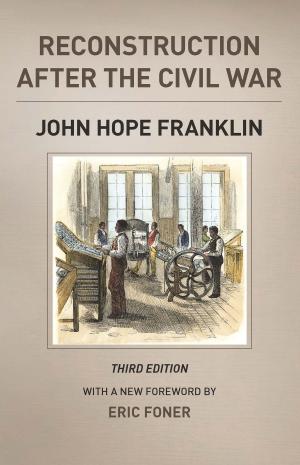
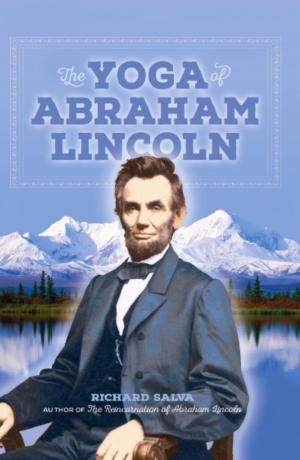
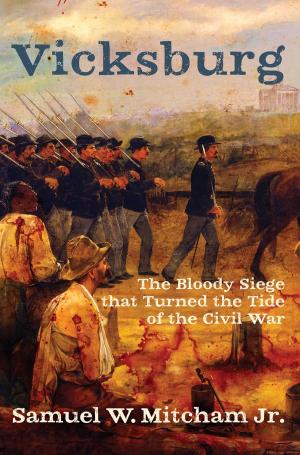
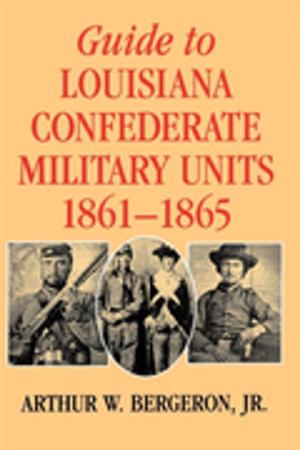
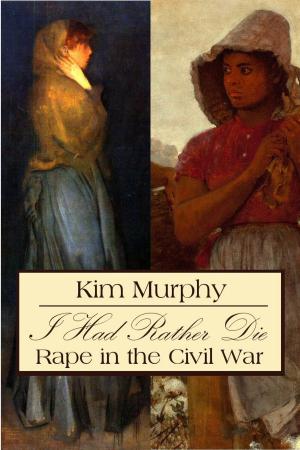
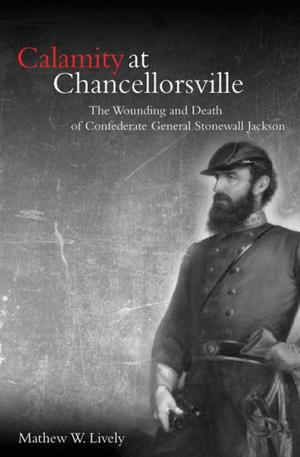
![Cover of the book Front Rank [Illustrated Edition] by Bonnie Stanard](https://www.kuoky.com/images/2015/november/300x300/9781786251268-PLy3_300x.jpg)
